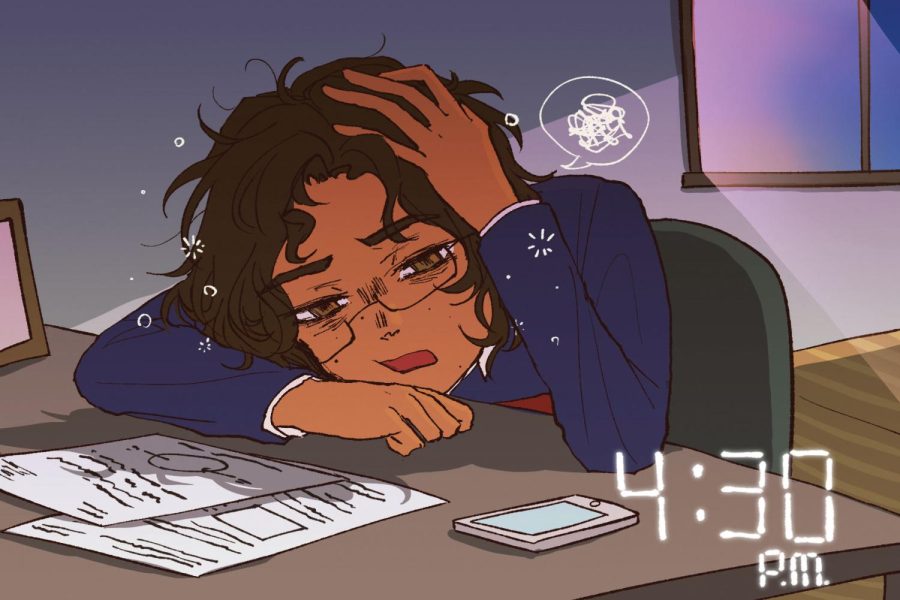Daylight savings poses health risks
Bill proposed to end time changes
The annual tradition of “falling back” could end after this Sunday.
The Sunshine Protection Act, which was passed in the U.S. Senate in March 2022, would eliminate the biannual time changes.
If this bill passes the U.S. House of Representatives and is signed by the president, the last time change would be scheduled for March 2023 and clocks would permanently switch to daylight savings time.
Both time changes can have effects on mental health, said Laeeq Shamsuddin, sleep medicine specialist at Northwestern Medicine.
During the switch from standard time to daylight savings time in March, people can experience depression and anxiety because they lose an hour of sleep, Shamsuddin said.
“But also when you go the opposite way into standard time, then you’re actually just getting less light [when awake],” said Shamsuddin. “Just getting less light makes people more depressed.”
After the clocks “fall back” in November, hospital visits and episodes of acute depression tend to increase by 11 percent in the United States, Shamsuddin said.
According to Jane Dyonzak, licensed clinical psychologist and board-certified sleep specialist, circadian rhythms are aligned with standard time, the time from November to March.
Circadian rhythms are part of an “internal clock” that helps people function during a 24-hour day, specifically with falling asleep and waking up. Circadian rhythms respond to light, which explains why people tend to feel more alert during daylight hours.
“The sleep-wake rhythm is a particular one of many [circadian] rhythms in our body, and it’s a particularly strong one, along with our body temperatures, to help align a lot of the other circadian rhythms that we have,” said Dyonzak. “When one gets thrown out of synchrony, a lot of the others become desynchronized, which lowers our ability to be healthy.”
According to Shamsuddin, because the switch in March results in more darkness in the morning and more light in the evening, it causes circadian rhythms to not be aligned with people’s bodies, which causes daytime sleepiness.
After the “spring forward,” strokes go up about 8 percent and heart attacks go up by about 24 percent for those who are older, Shamsuddin said.
According to Dyonzak, the daytime sleepiness from the time changes can decrease people’s abilities to do daily tasks such as driving.
“[It takes] a couple of [24-hour] periods for us to adjust,” said Dyonzak. “And so it’s during that time that we see problems healthwise as well as with motor vehicle accidents.”
According to Shamsuddin, remaining on a permanent time would be beneficial to people’s health overall, even if standard time is preferred over daylight savings time.
“If we’ve picked up a permanent system, whether it be all daylight savings time [or all standard time], it’d be better medically,” Shamsuddin said.


